The ancient Japanese folktale of The Tale of the Bamboo Cutter, or Taketori Monogatari, stands as one of the earliest surviving examples of Japanese narrative fiction. Believed to have been written in the late 9th or early 10th century during the Heian period, this enchanting story weaves together themes of love, mystery, and the supernatural, offering a glimpse into the cultural and spiritual values of classical Japan. Unlike many Western fairy tales, which often center on moral lessons or heroic quests, The Tale of the Bamboo Cutter is a poetic meditation on impermanence and the unattainable nature of divine beauty.
At the heart of the story is a humble bamboo cutter named Okina, who one day discovers a glowing stalk of bamboo. Upon cutting it open, he finds a tiny, radiant girl no larger than his thumb. Overwhelmed by her otherworldly presence, he and his wife decide to raise her as their own, naming her Kaguya-hime, or "Princess Kaguya." From that moment on, every time Okina cuts a bamboo stalk, he finds gold or precious jewels inside, and his family grows wealthy. Yet, as Kaguya-hime blossoms into a woman of unparalleled beauty, her origins remain shrouded in mystery, and her destiny proves to be far beyond the earthly realm.
The tale takes a dramatic turn when five noble suitors, each representing a different facet of aristocratic ambition, seek Kaguya-hime’s hand in marriage. Rather than simply rejecting them outright, she sets each suitor an impossible task—retrieving legendary treasures from distant lands, such as the Buddha’s stone begging bowl from India or a jeweled branch from the mythical island of Hourai. These challenges, seemingly designed to test their devotion, instead reveal the arrogance and folly of the suitors, as each resorts to deception or meets a tragic end in his futile pursuit. Even the Emperor of Japan, captivated by her beauty, fails to win her heart, as Kaguya-hime remains detached from mortal desires.
As the narrative unfolds, it becomes clear that Kaguya-hime is not of this world. On moonlit nights, she weeps inconsolably, gazing at the sky as if longing for a home she cannot name. Eventually, she reveals the truth: she is a celestial being sent from the Moon to live temporarily on Earth as punishment for a minor transgression. When the heavenly messengers arrive to take her back, neither the pleas of her adoptive parents nor the Emperor’s guards can prevent her departure. In a poignant final scene, Kaguya-hime dons a feathered robe that erases her earthly memories and ascends to the Moon, leaving behind a grieving family and a letter for the Emperor, along with an elixir of immortality. Consumed by sorrow, he orders the elixir to be burned on the summit of the nearest mountain—a mythical origin for Mount Fuji’s name, which some interpret as meaning "the mountain without death."
The enduring appeal of The Tale of the Bamboo Cutter lies in its layered symbolism and emotional depth. Kaguya-hime’s fleeting presence on Earth mirrors the Buddhist concept of mujō, or impermanence, while her rejection of worldly power critiques the vanity of human ambition. The story also reflects Heian-era aesthetics, where beauty was often associated with melancholy and transience. Unlike Western fairy tales that conclude with marriage or conquest, this Japanese classic embraces a bittersweet resolution, acknowledging the inevitability of loss.
Modern adaptations, from Studio Ghibli’s animated film The Tale of the Princess Kaguya to contemporary novels and plays, continue to reinterpret the story for new audiences. Yet, the original text remains a cornerstone of Japanese literature, offering a timeless exploration of what it means to love, to long, and ultimately, to let go. Its influence can be seen in everything from manga to sci-fi, proving that the mystery of the moon princess still resonates across the centuries.
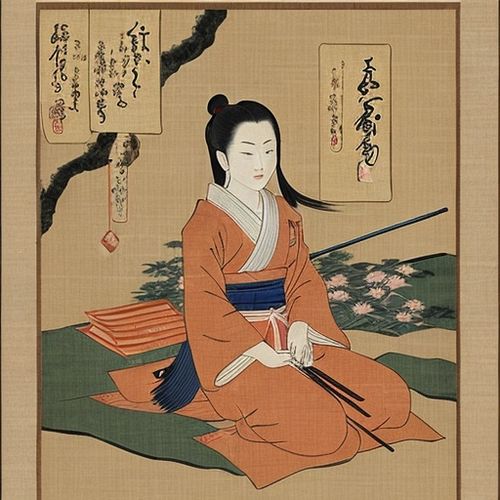
By Thomas Roberts/Apr 28, 2025
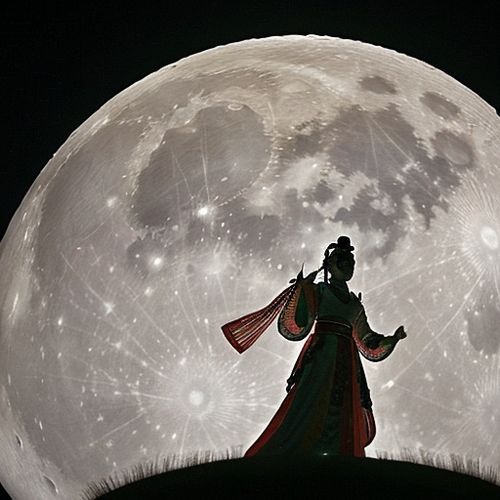
By Samuel Cooper/Apr 28, 2025
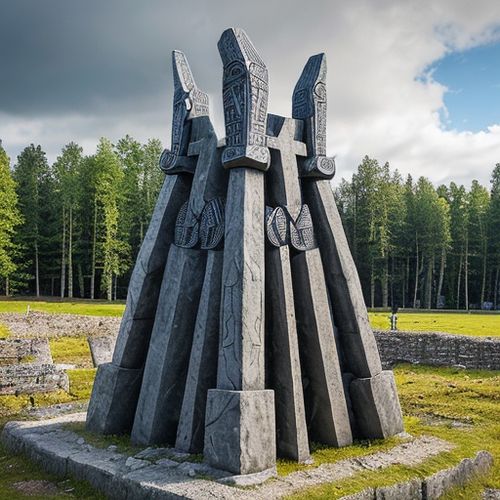
By Michael Brown/Apr 28, 2025
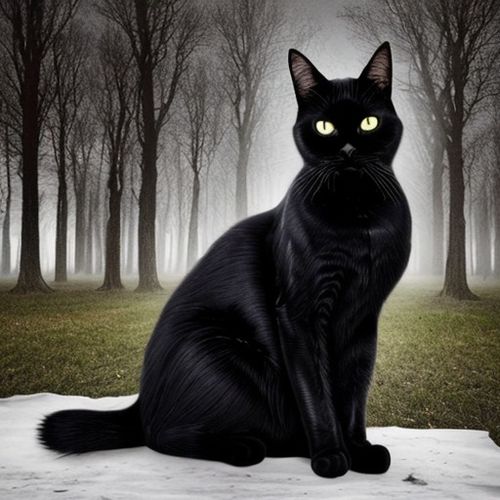
By Emily Johnson/Apr 28, 2025

By Daniel Scott/Apr 28, 2025

By George Bailey/Apr 28, 2025
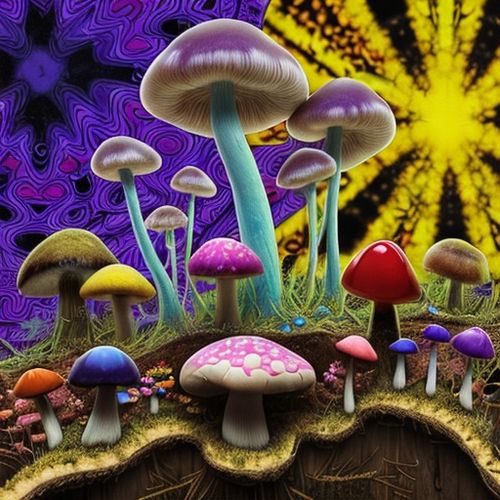
By Victoria Gonzalez/Apr 28, 2025
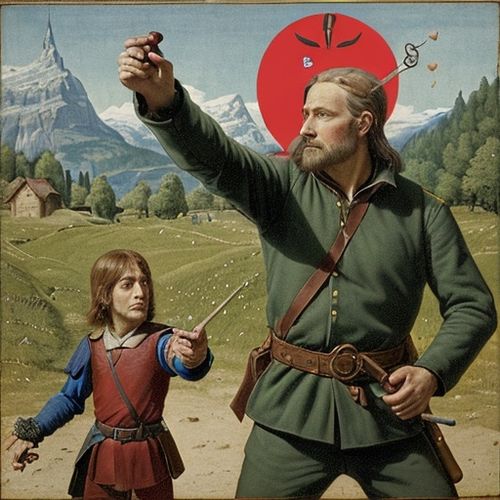
By David Anderson/Apr 28, 2025
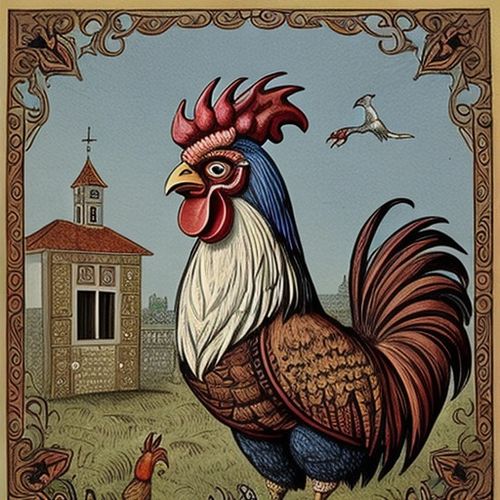
By Lily Simpson/Apr 28, 2025

By Laura Wilson/Apr 28, 2025

By Benjamin Evans/Apr 28, 2025
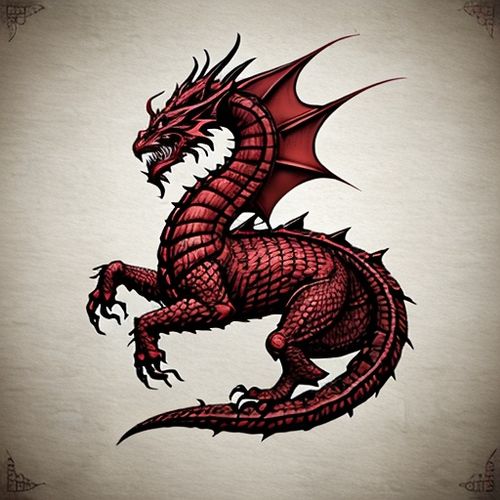
By Grace Cox/Apr 28, 2025

By Ryan Martin/Apr 28, 2025

By Daniel Scott/Apr 28, 2025
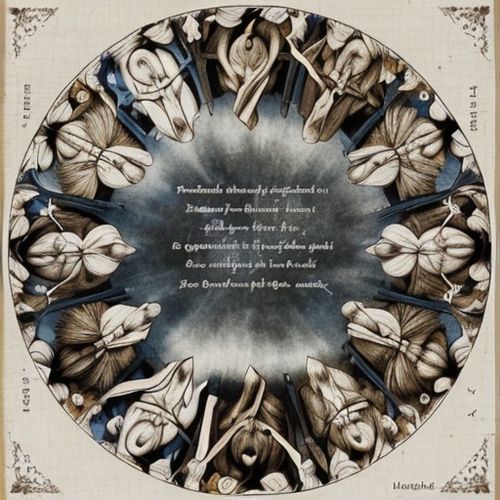
By Elizabeth Taylor/Apr 28, 2025
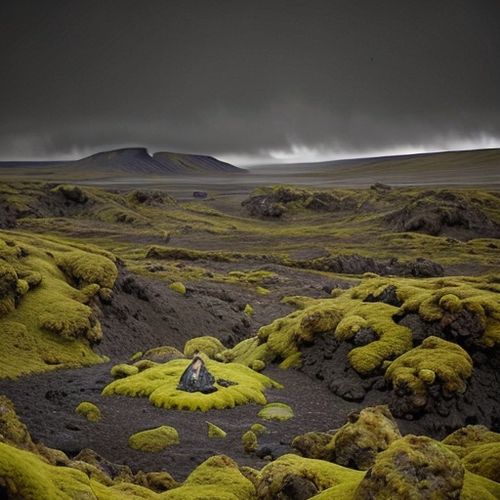
By Joshua Howard/Apr 28, 2025

By Emily Johnson/Apr 28, 2025